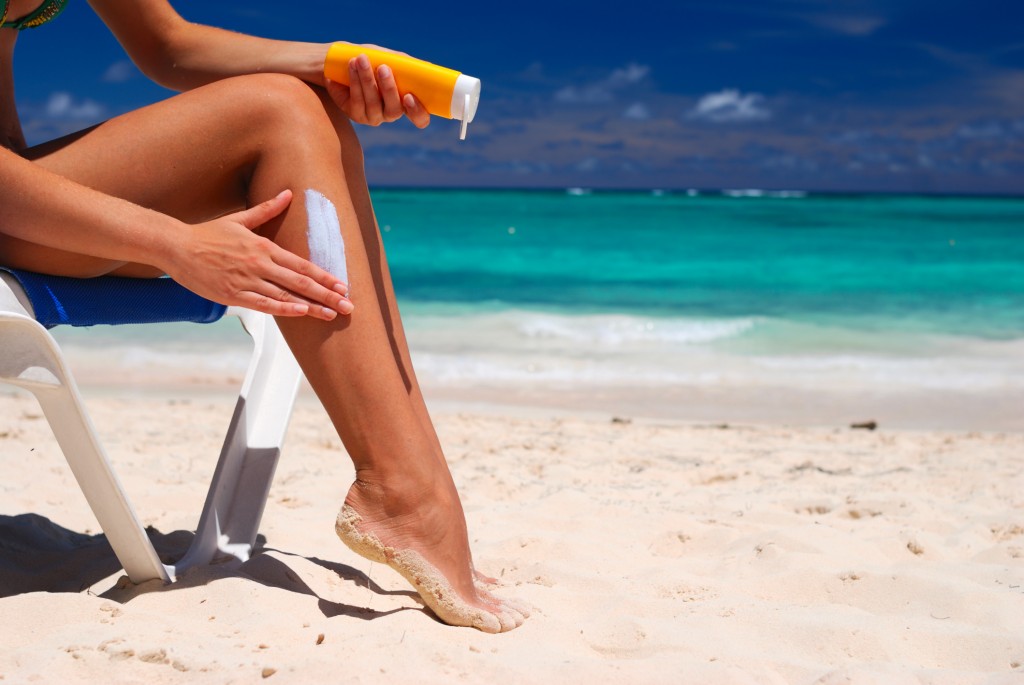Neolife medical management
Numerous scientific publications support the role of Vitamin D as a key factor for good health and prevention of diseases.
For several decades, there has been a vast array of data on the importance of sunscreen in the prevention of skin cancer. Meanwhile,Vitamin D plasma levels, measured in the form of 25 OH-cholecalciferol, have fallen in the general population to epidemic levels, mainly affecting adults with poor dietary habits and low sun exposure.

The average intake of Vitamin D in a conventional diet tends to be insufficient to reach optimum levels (between 50 and 100 ng/ml), despite being present in certain fish, eggs and so-called functional foods (e.g. milk and fortified cereals). This situation, together with skin cancer prevention campaigns, has brought about a Vitamin D deficit, epidemic in character, in much of the population of Western countries at subtropical latitudes (Spain included).
Vitamin D is necessary for the normal metabolism of calcium and phosphorus, bone health and the immune system, among many other functions. Its deficit can be related to changes on a cardiovascular and immunological level, osteoporosis and numerous studies have even linked the highest values of Vitamin D serum with a lower incidence of the most common cancers, such as breast or colon cancer.
There are two types of Vitamin D:
- D2 or ergocalciferol which comes from vegetable sources of cholesterol as part of our diet.
- D3 or cholecalciferol which comes from animal sources of cholesterol as part of our diet. Vitamin D3 is synthesized in the skin through a cholesterol precursor (7-dehydrocholesterol) by type B ultraviolet rays. In the liver, it undergoes hydroxylation and is converted into 25-hydroxycholecalciferol (Vit D 25OH or calcifediol), which can be measured in plasma. It subsequently undergoes a second hydroxylation in the kidney and is converted into 1,25 dihydroxycholecalciferol or calcitriol – the active form of this vitamin – and can then be considered a hormone.
Scientific publications are increasingly supporting the role of Vitamin D as a key factor for good health and prevention of diseases. Therefore, sun exposure should not be banned completely, but rather only excessive exposure should be prevented; sunbathing moderately, avoiding the hours around midday and with sunscreen is in fact a healthy habit.
Sun exposure can therefore be considered both beneficial and detrimental depending on the type of ultraviolet radiation to which we are exposed. In essence, the sun emits two types of ultraviolet rays, UVA and UVB.
- UVA rays are considered harmful because they penetrate deeply into the skin and generate greater oxidative damage.
- UVB rays are the “healthy” ones that promote the formation of Vitamin D.
Both UVA and UVB rays can tan and burn us; however, UVB rays do it more quickly. UVB radiation is low in the morning and in the afternoon but high around midday: therefore exposure between 10:00 and 14:00 is the most effective for Vitamin D production, yet also the most dangerous for getting sunburnt. It is estimated that for UVB radiation to be able to produce Vitamin D, the sun needs to be more than 15-30 degrees above the horizon on a clear day. UVA radiation is more constant throughout the day, even when it is overcast and cloudy.
Most sunscreens are particularly effective against UVB radiation but not so much against UVA radiation which is the more carcinogenic of the two; therefore, when choosing a sunscreen we should ensure that it filters against both types.
Ultimately, to get a sufficient dose of UVB rays to produce a certain amount of Vitamin D requires exposing a generous amount of our skin to the sun (some speak of up to 40% of our body), and at a time when the sun is high (from 15-30 degrees above the horizon), but avoiding the midday hours (10:00 – 14:00). There are calculators that estimate the time of UVB exposure needed in order to produce some 1000 UI of Vitamin D.
This depends on the season of the year, geographic location, the presence or absence of clouds, skin type…In summer in Madrid, you would need about 2 hours to produce the above mentioned amount. Bear in mind that to maintain optimum plasma levels of around 50-100 ng/dL, we need a daily amount of more than 3000 UI, which would be close to 6 hours in the sun. As this rarely occurs, and as we cannot and should not exposure our skin to UVA and UVB radiation for so long in summer in a city like Madrid, Vitamin D supplementation is a simple, healthy and natural alternative.
In practice, and based on our experience, we can affirm that practically all of our patients at Neolife present Vitamin D values below 30 ng/dL in their first analysis. Once you start taking supplements with adequate doses of Vitamin D, you can maintain optimal values of between 50 and 100 ng/dL for good.
